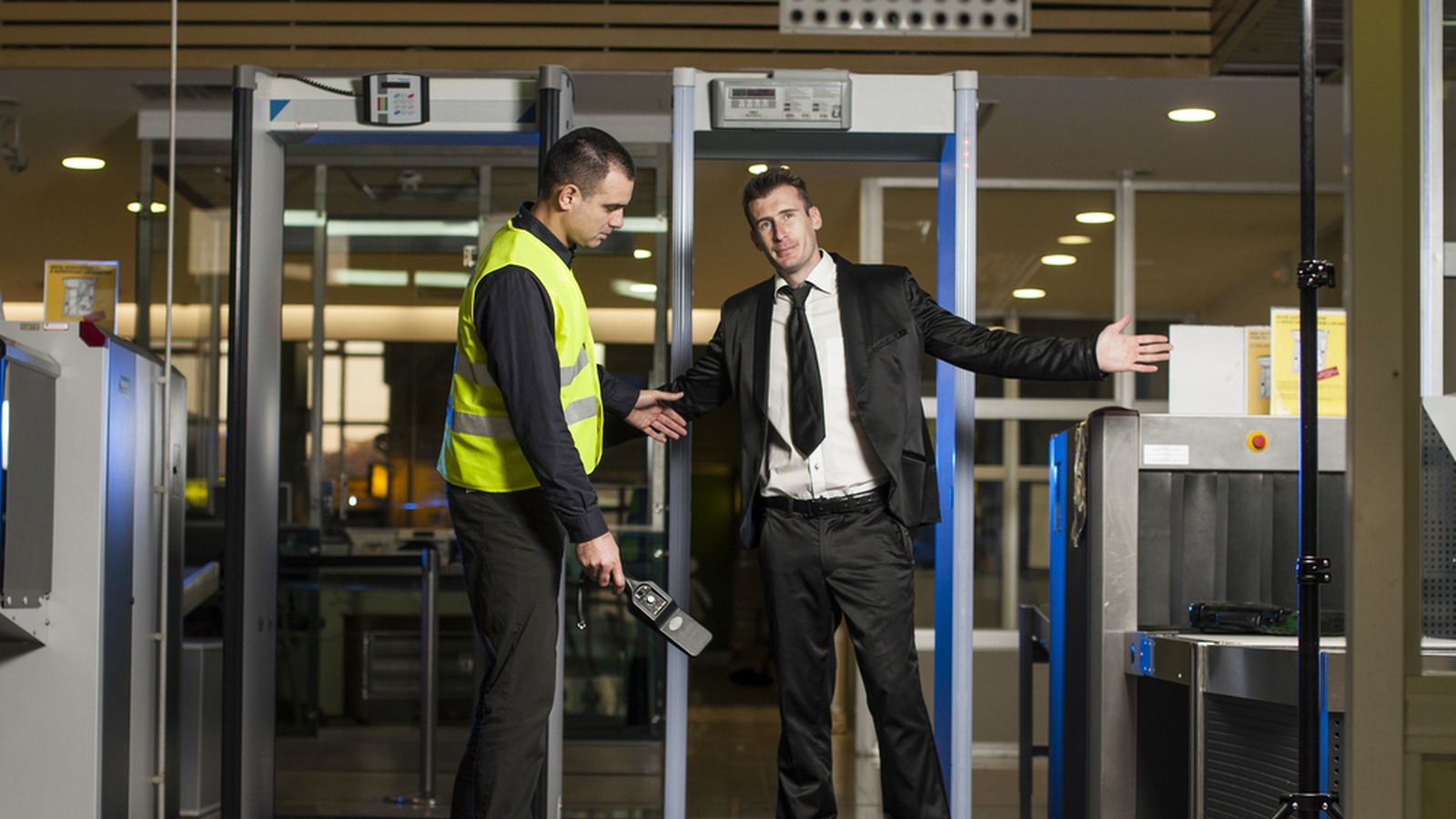Should Frequent Flyers Be Concerned With Their Radiation Exposure?
Should frequent flyers be concerned with their radiation exposure? I know the drill all too well: remove my computer from the bag and place it in a bin by itself, don’t bring any liquids over three ounces and no more than can fit in a one quart baggie, remove your shoes and belt before proceeding through the scanner.
I look at the TSA agent and voice my concern about the amount of radiation exposure I am receiving from the body scanner. His response is, “You get more radiation exposure flying than going through security.” This statement is not reassuring to me. As a frequent traveler I have become concerned with the amount of radiation that my body is absorbing.
Why Is Radiation Exposure Concerning?
Alarmed, I started doing some research. The first thing I looked into were the body scanners that have been installed in airports worldwide. I found that the American Association of Physicists in Medicine (AAPM) has stated the dose of radiation from the advanced imagining scanners are extremely low, but all radiation exposure is accumulative.
I kept searching and discovered a report by Katia Moskvitch, of BBC.com. In the report she states, “Typically, passengers flying from London to Chicago could expect to be exposed to around 4.8 mrem, and those travelling from Washington DC to Los Angeles would be exposed to close to 2 mrem. This compares to an airport body scanner which delivers around 0.1 mrem and a chest X-ray that can vary between 2 mrem and 10 mrem.”
Since radiation exposure has accumulative effects on the body, we need to know at what point radiation exposure creates toxicity in the body and becomes lethal. The answer is that any amount of radiation exposure disrupts the body’s natural state of well-being and can cause adverse reactions.
According to the US National Council on Radiation Protection and Measurements the average person on Earth is subjected to 350 millirems (mrem) of radiation per year. Americans, however, are subjected to 620 mrem annually. The increased exposure could be contributed to man-made sources such as X-ray, mammography and CT scans.
Through my research I discovered that there are three main contributors to atmospheric radiation exposure. These factors are latitude, altitude and solar activity. The latitude at which the plane is flying is important because radiation exposure is more intense at higher latitudes and twice as potent at the north and south poles. The altitude of the plane plays a role in radiation exposure because the higher the altitude the less atmosphere you have to protect your body. Solar activity constitutes consideration because radiation intensity can be increased as much as 1,000 fold during solar activity.
As I read, I learned that the Federal Aviation Administration has classified airline crew members as radiation workers since 1994. I was shocked. An airline crew member that regularly works on high-latitude flights receives more radiation exposure per year than a nuclear power plant worker!
What does all this added radiation exposure during flight mean to the traveler?
It means an increased potential of the body's chemistry changing, tissue damage, increased risk of cancer, and risk of inheritable defects and genetic abnormalities. This should be a huge concern for everyone, but especially women who frequently travel during pregnancy.
With all this new-found knowledge my head was spinning. I knew that radiation wreaks havoc on the body and I thought I was doing enough to protect myself. I load up on antioxidants and take iodine daily. If you, like me, are a frequent flyer, are pregnant or have been exposed to excessive medical imaging tests, it is important to understand the risks and what can be done to protect yourself.
Combat Radiation Exposure
This is a list of things you can do to help protect yourself from the adverse effects of radiation exposure.
- Take shorter flights: If possible, take shorter flights at lower altitudes. Avoid midday flights and opt for night flights, when possible.
- Eat chlorophyll-rich foods: Foods like seaweed, kelp, blue-green algae, spirulina, and chlorella are rich in minerals, including iodine that can reduce the harm of radiation exposure.
- Get lots of vitamins and herbs: Citrus fruits and vegetables like broccoli, mustard, cabbage, and cauliflower contain caffeic acid which can protect against cellular changes due to radiation. Vitamins A, C and E, zinc and selenium also promote the body’s natural ability to heal and repair itself. Herbs like licorice, rosemary, dandelion, peppermint, and chrysanthemum also promote detoxification in the body. Turmeric has amazing cancer-fighting properties and reduces inflammation.
- Drink green tea or Matcha: Sipping these beverages during a flight boosts antioxidants in the body to protect your cells from free radicals.
- After your flight, take an epsom salt bath to detox the body. Also consider taking bentonite clay internally or using it in the bath as a detoxing agent.
The effects of radiation exposure can be detrimental to our well-being, so it is important to be aware of the issue and take steps to protect yourself when possible.
What are some ways that you protect yourself from radiation exposure while flying?
If you haven’t already, join our free global challenge at www.GetOffTheGluten.com to receive daily recipes & health tips, access to our private group for support and inspiration, plus before and after testing to track your progress in key areas of your life such as weight, sleep, bloating, skin-conditions, mental health and more!










